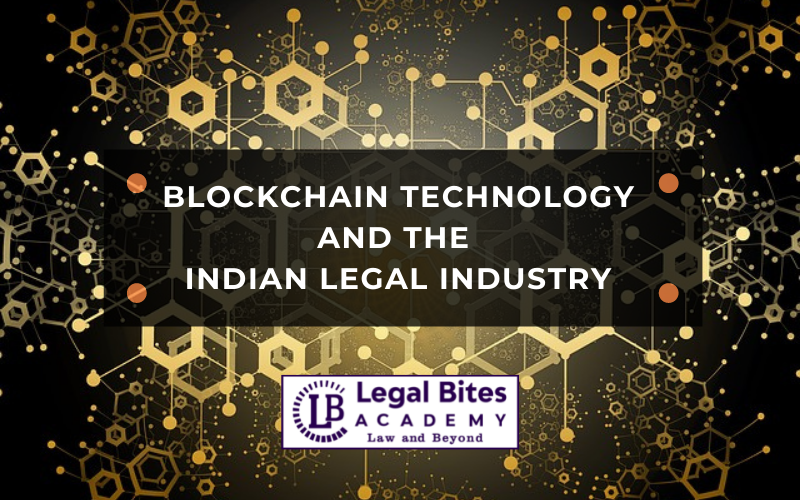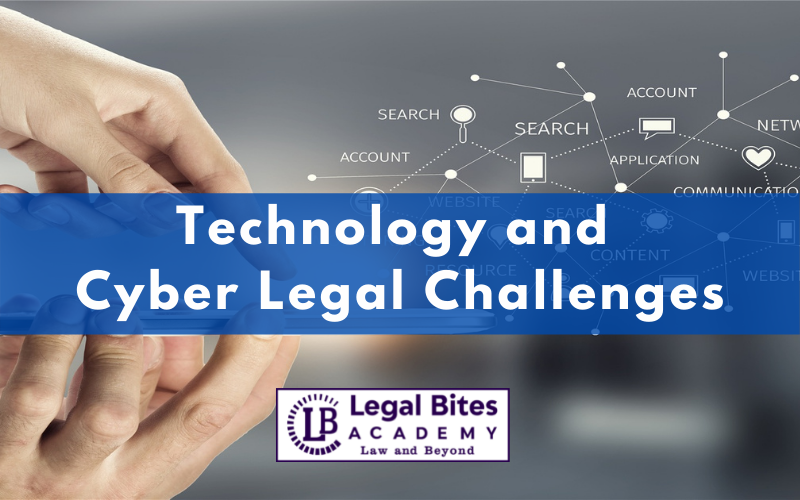E-Governance: Meaning, Provision and Relevance
E-governance or Electronic Governance is dealt with under Sections 4 to 10A of the IT Act, 2000. It provides for legal recognition of electronic records and Electronic signature and also provides for legal recognition of contracts formed through electronic means. Filing of any form, application or other documents, creation, retention or preservation of records, issue or grant of… Read More »
;
E-governance or Electronic Governance is dealt with under Sections 4 to 10A of the IT Act, 2000. It provides for legal recognition of electronic records and Electronic signature and also provides for legal recognition of contracts formed through electronic means. Filing of any form, application or other documents, creation, retention or preservation of records, issue or grant of any license or permit or receipt or payment in Government offices and its agencies may be done through the means...
E-governance or Electronic Governance is dealt with under Sections 4 to 10A of the IT Act, 2000. It provides for legal recognition of electronic records and Electronic signature and also provides for legal recognition of contracts formed through electronic means.
Filing of any form, application or other documents, creation, retention or preservation of records, issue or grant of any license or permit or receipt or payment in Government offices and its agencies may be done through the means of an electronic form.
Authorisation by Government
The Government may authorise any service provider to set up, maintain and upgrade the computerized facilities and perform such other services as it may specify, by notification in the Official Gazette for efficient delivery of services to the public through electronic means.
Service provider so authorized includes any individual, private agency, a private company, partnership firm, sole proprietor form or any such other body or agency which has been granted permission by the appropriate Government to offer services through electronic means in accordance with the policy governing such service sector.
Data Retention
In case law provides that documents, records or information should be retained for any specific period, then such documents, records or information retained in the electronic form will also be covered, if the information contained therein remains accessible.
The electronic record is retained in the format in which it was originally generated, sent or received or in a format which can be demonstrated to represent accurately the information originally generated, sent or received and the details which will facilitate the identification of the origin, destination, date and time of dispatch or receipt of such electronic record are available in the electronic record.
Where any law provides for the audit of documents, records or information, then that provision will also be applicable for the audit of documents, records or information processed and maintained in electronic form.
Also if the law provides that any rule, regulation, order, bye-law, notification or any other matter should be published in the Official Gazette, then, such requirement shall be deemed to have been satisfied if such rule, regulation, order, bye-law, notification or any other matter is published in the Official Gazette or Electronic Gazette.
However, the above-mentioned provisions do not give a right to anybody to compel any Ministry or Department of the Government to use electronic means to accept, issue, create, retain and preserve any document or execute any monetary transaction.
The following are some of the e-Governance applications already using the Digital Signatures:-
- Income Tax e-filing
- Indian Railway Catering and Tourism Corporation (IRCTC)
- Director-General of Foreign Trade (DGFT)
- RBI Applications (SFMS: structured Financial Messaging System)
- National E-Governance Services Delivery Gateway (NSDG)
- E-Procurement
- E-Office
- E-District applications of UP, Assam etc.





